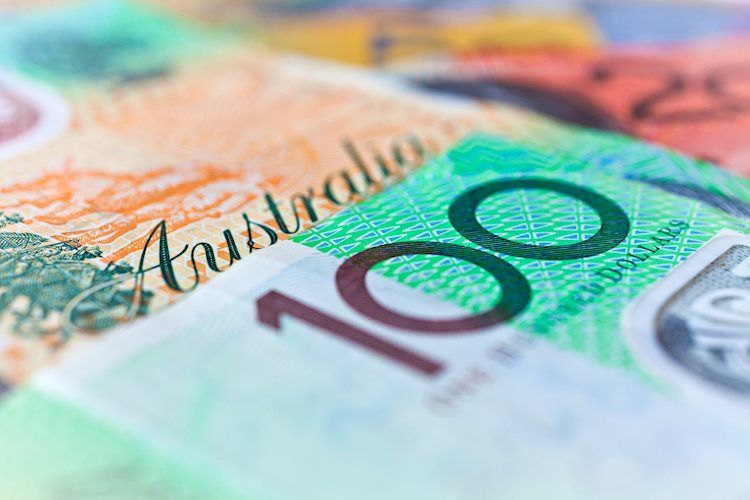The Australian Dollar (AUD) remained steady against the US Dollar (USD) on Friday, reaching a high of 0.6740 since early January. The Reserve Bank of Australia (RBA) is anticipated to be one of the last G10 central banks to make rate cuts, which is supportive of the Aussie, despite signs of a weakening economy. The RBA continues to remain hawkish due to inflationary pressures and positive Retail Sales data earlier in the week.
Housing loan commitments in Australia rose by 3.1% MoM in March, exceeding expectations and signaling a boost in house prices rather than an increase in demand for housing. Despite this, consumer sentiment surveys indicate sluggish buying sentiment in the housing market. In the US, Nonfarm Payrolls (NFP) increased by 206K in June, surpassing expectations, but the rising Unemployment Rate and declining wage inflation failed to boost the USD. Markets are predicting a marginal rate hike by the RBA and two rate cuts by the Federal Reserve by the end of the year.
The technical analysis of the AUD/USD pair shows a bullish outlook supported by positive technical indicators such as the Relative Strength Index and Moving Average Convergence Divergence. As the pair approaches January highs, traders should monitor for overbought conditions, with bullish targets at 0.6750 and 0.6800 and support levels at 0.6670, 0.6650, and 0.6630.
Central banks play a crucial role in maintaining price stability by managing inflation or deflation through monetary policy adjustments. The benchmark policy rate, or interest rate, is a key tool used to influence savings and lending rates in the economy. Central banks like the Federal Reserve, European Central Bank, and Bank of England aim to keep inflation around 2%. Policy decisions are made by a board of members with differing views on monetary policy, classified as hawks or doves based on their stance on inflation and interest rates.
The central bank’s chairman or president leads policy meetings and aims to create a consensus among members to avoid tied votes. Speeches and communication from the central bank aim to provide guidance to markets without causing volatility in rates, equities, or currency. Members are restricted from speaking publicly in the days leading up to policy meetings, known as the blackout period, to prevent premature market reactions.
In conclusion, the Australian Dollar remains resilient against the US Dollar amid diverging central bank policies and mixed economic data from both countries. The RBA’s hawkish stance and positive retail sales data support the AUD, while the Federal Reserve is expected to make rate cuts by the end of the year. Technical analysis suggests a bullish outlook for the AUD/USD pair, with traders advised to monitor for overbought conditions. Central banks play a vital role in managing inflation and interest rates to ensure price stability in the economy, with policy decisions made by a board of members with varying views. Communication from central bank officials is crucial in guiding market expectations and preventing excessive volatility.











